Cold process is probably the soap maker’s favorite process for handmade soaps. It is very versatile, allowing to create textures, shapes, designs with different colors. The soap product you get is professional grade. And you are in full and complete control of the ingredients you use.
In this post, you will find the soap basics for cold process soap and a list of free cold process soap recipes tested and tried in this blog.
Table of Contents
Want to check out the tutorial? Go and Learn To Make Cold Process Soap.
What is Cold Process Afterall?
Handmade soap is produced by mixing a mixture of oils with lye water. And that’s it!! No other fancy chemicals with weird names! Surprising, isn’t it?
OILS + LYE (CAUSTIC SODA) -> SOAP SALT + GLYCERINE = SOAP
Cold process uses room temperatures during saponification. With this method, it is possible to create hard soap bars, whose properties are mostly given by the oils used in the mixture: conditioning, foamy, bubbly, cleansing, mild.
Learn more about the cold process and how to make it with this step-by-step tutorial: Learn To Make Cold Process Soap.
Soap Ingredients
In all the recipes I found and wanted to try, I always tried to use only natural or minimally processed ingredients, so you won’t find artificial colors or weird addictives here.
Even the idea of adding dyes or herbs is just to make the soap more decorative, more pleasant to the eye. Essential oils add aroma, but they may also provide some medicinal properties: vitamin, anti-oxidant, anti-inflammatory, anti-fungal, anti-bacterial, moisturizing, smoothing, etc.
In the end they are all optional ingredients. The base ingredients are oils and lye (sodium hydroxide for soap bars).
So let’s go to the ingredients:
Base Ingredients: water, sodium hydroxide (lye), oils
Sodium hydroxide: 100% pure caustic soda / lye /sodium hydroxide, in grain or small spheres, do not use drain pipe cleaners without checking ingredients list, as they may contain other substances.
Water: preferably distilled or relatively demineralized. If you have a tumble dryer or a dehumidifier, use the water in the tank after filtrating it with a muslin tissue or cheesecloth (to clean dust and laundry fibers).
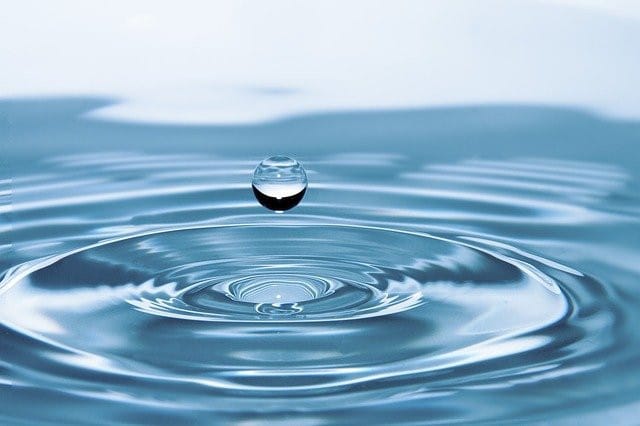
Oils and butters
I mainly use vegetable oils, having only done experiments also with lard. I advise you to buy deodorized or refined products, so that you have a more neutral product in terms of color or scent, but you can use the more natural products, having in mind the oil or butter will influence the scent in the final soap.
Oils: Olive oil, Coconut oil, Sunflower oil, Castor oil, Sweet almond oil, Palm oil are the most common oils in soapmaking but there are others. Basically, any oil/fat is suitable for soapmaking.
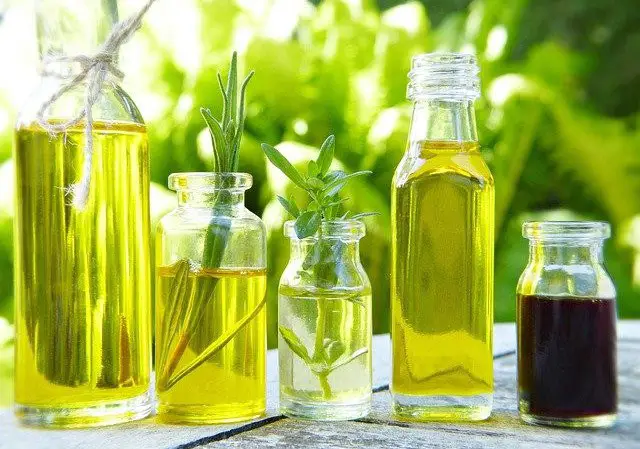
Butters: Shea butter and cocoa butter are the most common, but there is also mango butter, argan butter, peach butter, etc. Unrefined products: natural shea butter, or natural cocoa butter.
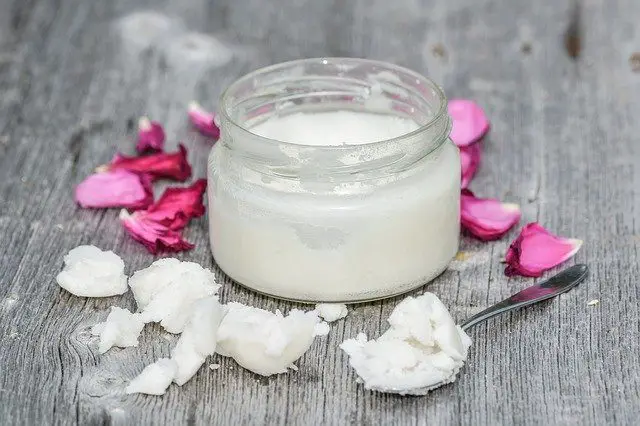
- More on Soap Making Oils: Oil Properties for Soap Making
Essential Oils (optional)
I only use essential oils as soap fragrance, making an exception for some fragrances whose respective essential oils are extremely expensive (for example, absolut rose or jasmine).
To get started you can buy a starter kit with some of the most common essential oils from one of these brands:
Please, make sure to also purchase May Chang essential oil, to fix/keep the citrus essential oils scent.
Personally, I have been buying almost every essential oils at Plena Natura, because they are cheap and they give a great deal of trust by presenting good information online on all their products. In Portugal, Pranarom essential oils are also an option.
Recently, I’ve reviewed other essential oils suppliers. It didn’t make me change from Plena Natura for now, but it gave me a good insight of how much in the dark we actually are about these products.
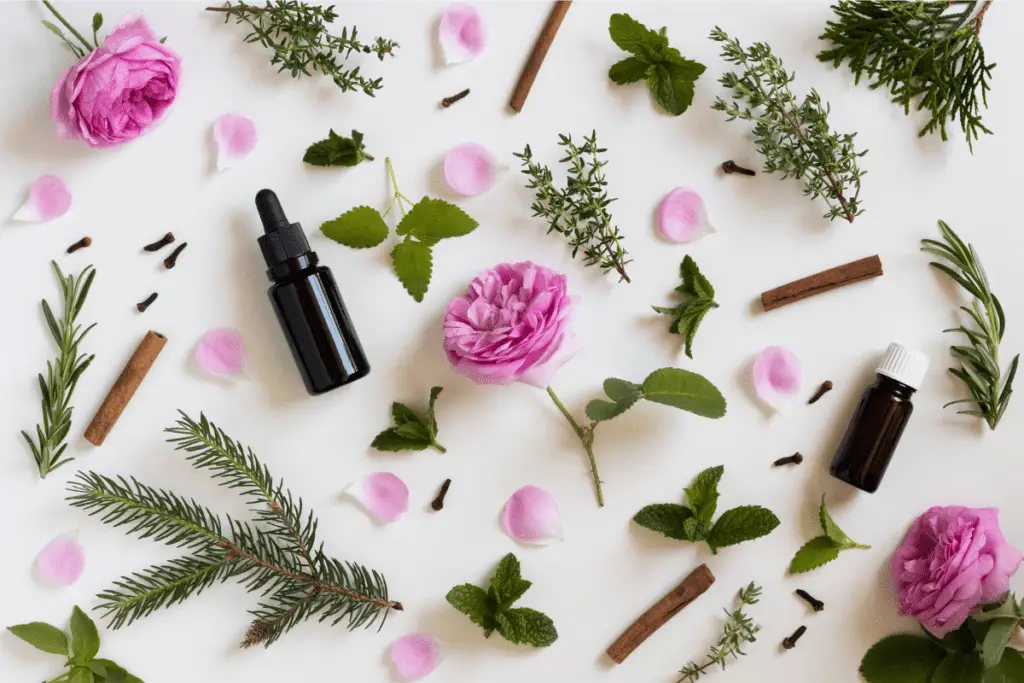
Essential Oils or Fragrance Oils?
I am no longer an essential oils “fundamentalist” as I believe that cheap essential oils (there are numerous at Amazon or Ebay) are worse than some good quality fragrances, and we honestly don’t know what manufacturers actually put in these so-called essential oils (see Where Do You Buy Essential Oils For Soap Making? to know more).
My advice, whether you prefer to purchase an essential oil, a natural fragrance, or a “normal” fragrance, is to get information on their ingredients and see if there are substances there that raise concerns for you (such as allergens, see Commercial Soap Ingredients – What Are They?). Know what you are buying.
Be ware that there’s no fragrance or essential oil without any sort of allergens like geraniol, linalool, limonene, to mention only a few. I personally have never developed an allergic reaction to any of them, so they are not harmful per se.
It is possible to use only one essential oil or a mixture of some, they give a very pleasant aroma to the soaps and may even add some medicinal properties.
Or you can mix essential oils with fragrance oils. Some of the best perfumes are a blend of essential oils and synthetic fragrances. I particularly like the Rose one, to mix with geranium rose essential oil and patchouli.
- More on Essential Oils for Soap Making: Best Essential Oils for Soap Making
- More on Essential Oils Safety: Are Essential Oils Safe For Soap?
- More on Fragrance Oils: What Is a Fragrance Oil?
Colorants (optional)
I always try to use only natural colorants. Many of these products can be found in the kitchen: cinnamon, sweet pepper, paprika, turmeric, spinach, carrot, pumpkin … These colorants are cheap and much less agressive, making a wonderful natural choice. The only con about them is that they fade with time, sometimes even fading completely.
To better control colors, get a steadier shade, or to obtain tones less common in nature, I also use micas, (they are usually made of mineral oxides) which are considered natural dyes, despite being minerals.
Cosmetic clays are my favorite way to color soap. Not only they are natural ingredients, gentle cleansers for your skin, they are also reliable and stable about the soap color, and scent “fixers” (meaning they help to sustain essential oils scent in soap). They are a total winner ingredient. Just be careful because they accelerate trace.
Here are the ones I use the most:
- french green clay
- kaolin pink clay
- kaolin white clay
- Ghassoul/Rhassoul clay, a moroccan red clay.
- More on Natural Colorants: How To Color Soap With Kitchen Ingredients
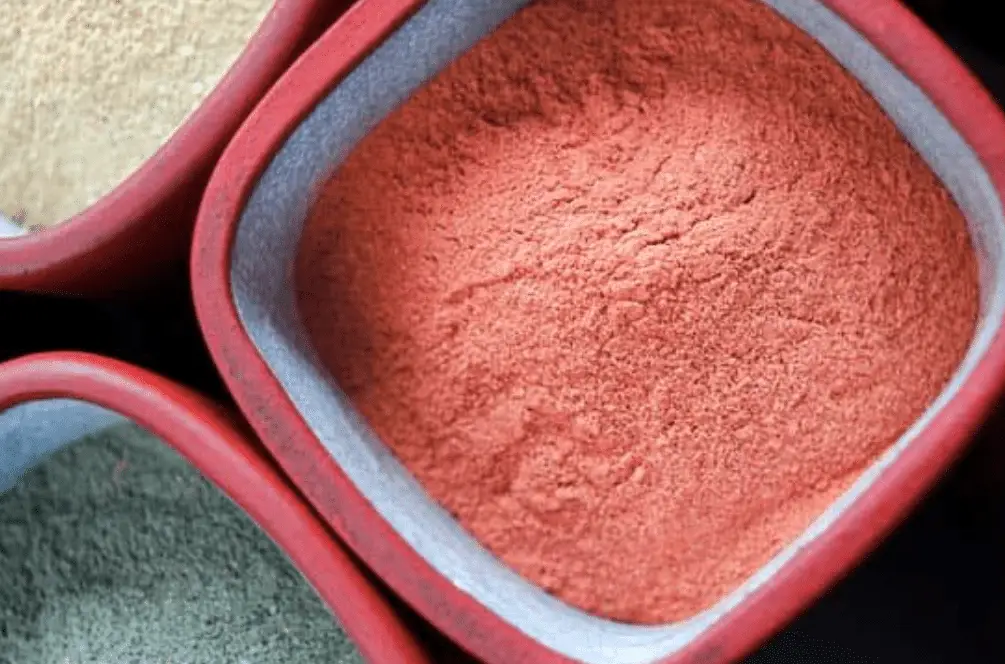
Extracts, Anti-oxidants and Other Addictives
These are natural anti-oxidant extracts to prolong the life of the soap: they prevent or reduce the superfatted oils to become rancid. The most used are:
- grapefruit seed extract (GSE) – most common in recipes
- rosemary oleorresin extract (ROE) – changes the color of your soap batter but doesn’t seem to affect the final soap color
- Vitamin E – I prefer to use it in lotions and balms, but it’s still a great anti-oxidant
More recently, and by chance as I was investigating about the (false) idea of lowering soap pH, I’ve found out that citric acid, a cheap ingredient, is great as an addictive to prevent soap rancidity, reduce soap scum, and improve soap properties (clean better).
Been using on my soaps, especially when I use only liquid oils – they have a bigger chance to become rancid – and so far, no DOS or rancidity on them!! Being an olive oil soap lover, this was a welcome addictive to my soaps.
Another addictive I use regularly is oat flour. It does help to fix your scent, at least with geranium essential oil and patchouli. My soaps smell so great you would say it’s a fragrance oil 😀
While these ingredients are still optional, they help increase a lot soap shelf-life and quality, therefore, I consider them almost as essential for your high-quality soap.
Herbs and Flowers (optional)
They are only for decoration or exfoliation purposes, as their herbal properties usually do not survive saponification, and must always be added dried, in puree, or ground into powder. Something I learned from my experience was not to use large pieces of fresh herbs and flowers: they become brown, rotten and ugly (ugh!).
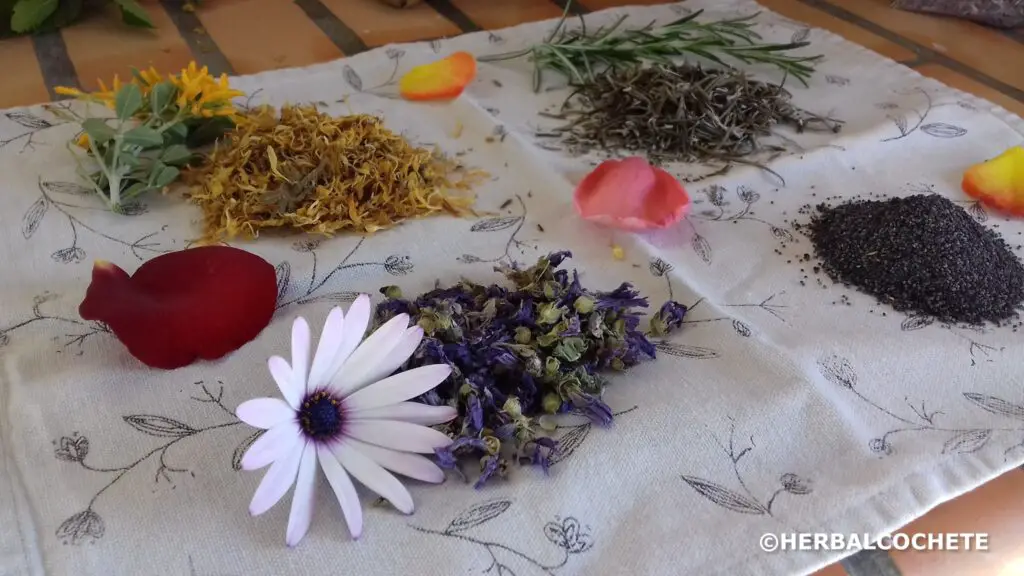
Many flower petals, even when dried, turn brown and make the soap look… unpleasant. Having “pieces of soft matter” coming out of the soap and falling into the bathtub during the bath may also not be desirable for many. So, you actually can skip completely adding herbs, it’s totally a matter of personal taste.
If you don’t have the possibility of growing and drying your own herbs, you can purchase dry herbs here.
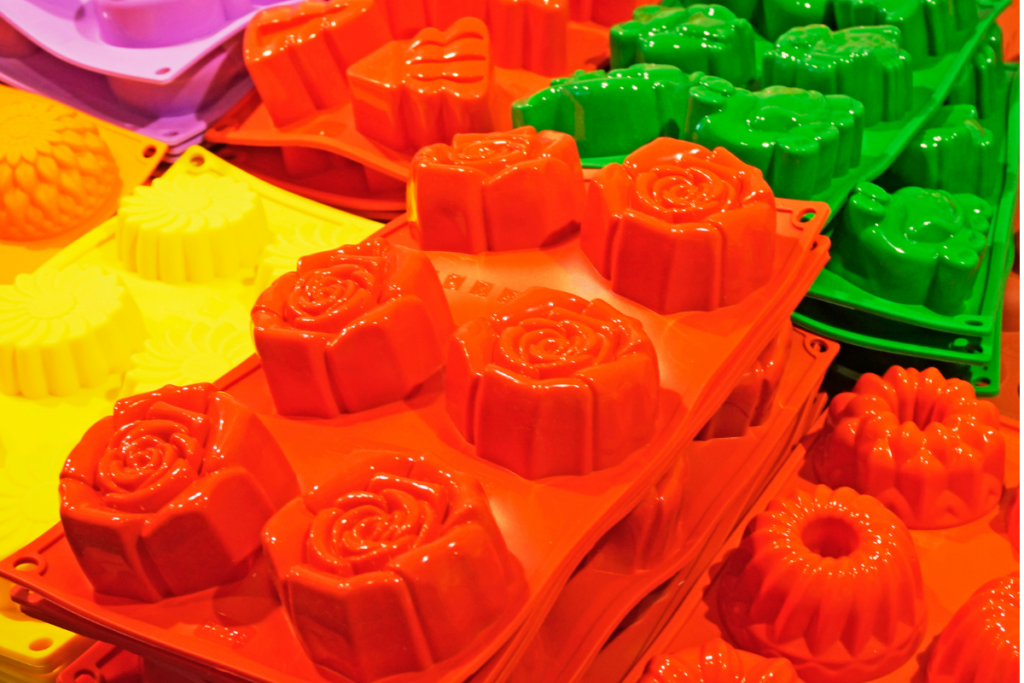
Soap Making Equipment
About soap making equipment, just stop before rushing to buy everything! Most likely you have most, if not all, equipment in your kitchen! That’s right: soap making is simple enough to be made with kitchenware at home. I personally only bought molds specific to soap:
But I am not going to leave you guessing what you might need. There’s a post that explains everything about soap making equipment:
- More on Soap Making Equipment: Where To Buy Soap Making Equipment
Safety Precautions
Cold process soap includes lye in its list of ingredients. It’s probably the main cause that many people shies away from making soap at home. While lye is corrosive and does need caution, you don’t need any special gear to make soap safely. Just don’t forget to follow these precautions and make no exceptions: Soap Making Safety Precautions.
Troubleshooting Soap
Well, it’s true, things can go wrong. And it’s not because you’re very experienced that errors and issues stop happening: you’re just better prepared to deal with them.
Planning and preparation helps a lot with preventing issues, but what to do when they happen? The following posts deal with the most common soap problems and how to troubleshoot/prevent them:
- Soap acceleration
- DOS (dread orange spots) / Rancidity
- Soda ash
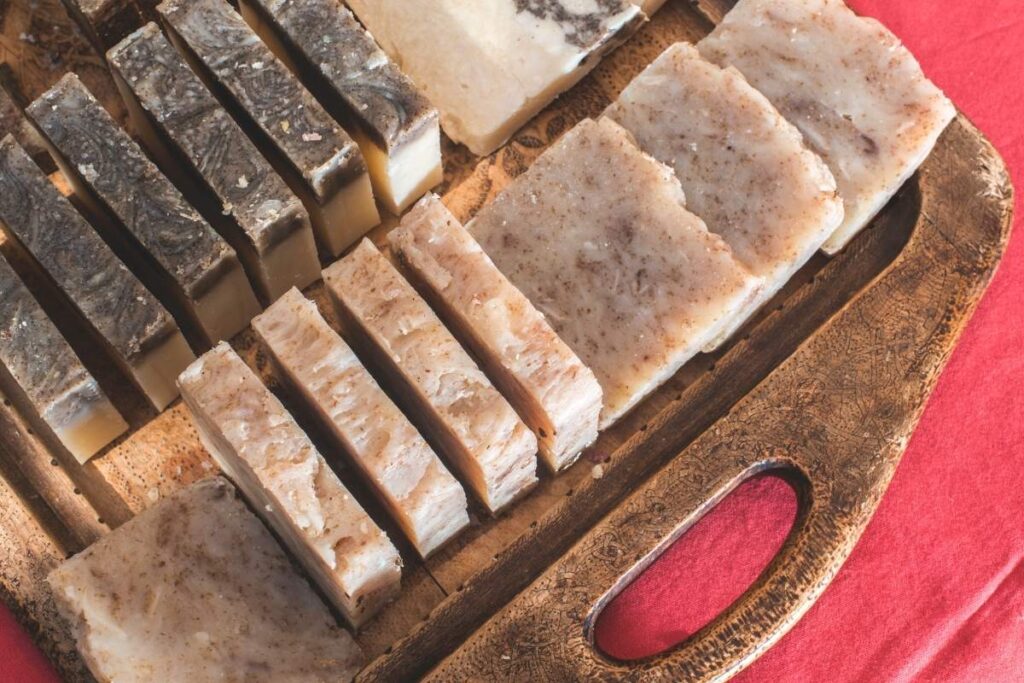
Cold Process Soap Recipes
Herbal/Floral
Simple recipes based in herbal or floral ingredients: herbal infused oils, floral essential oils, exfoliating herbs…
Design Soap
Soap with layers and simple designs. I have to be honest I don’t have pacience for a load of intricate and complicated designs with lots of steps. I do deeply admire the work of the soap makers that do.
Food/Spices Soap Recipes
Fun soap colored with kitchen ingredients you also eat: carrots, cinammon, turmeric, milk, honey, beer….
Castile Soap Recipes
Olive oil is my favorite soap of all. Probably because I am mediterranean, and love olive oil: it’s also quite common and inespensive in Portugal. Probably because the soap is really awesome and very easy to make. Most likely because all of this. Fact is you will find a lot of 100% olive oil soap, or castile soap recipes at Herbalcochete.
Beginners Recipes – Single-Oil Soap Recipe
Another thing I love: simplicity. One-oil soap recipes are hard to find. Most likely because it’s much easier to make a good soap with a mixture of oils than one alone. But I love the idea of using only one oil, lye and water to make soap. Therefore, you will find a lot of one-oil soap recipes at Herbalcochete. You can then pick up the recipe with your locally available oil and make great, cheap soap!!
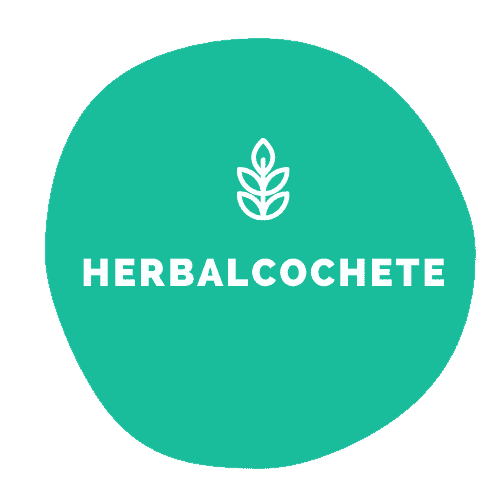
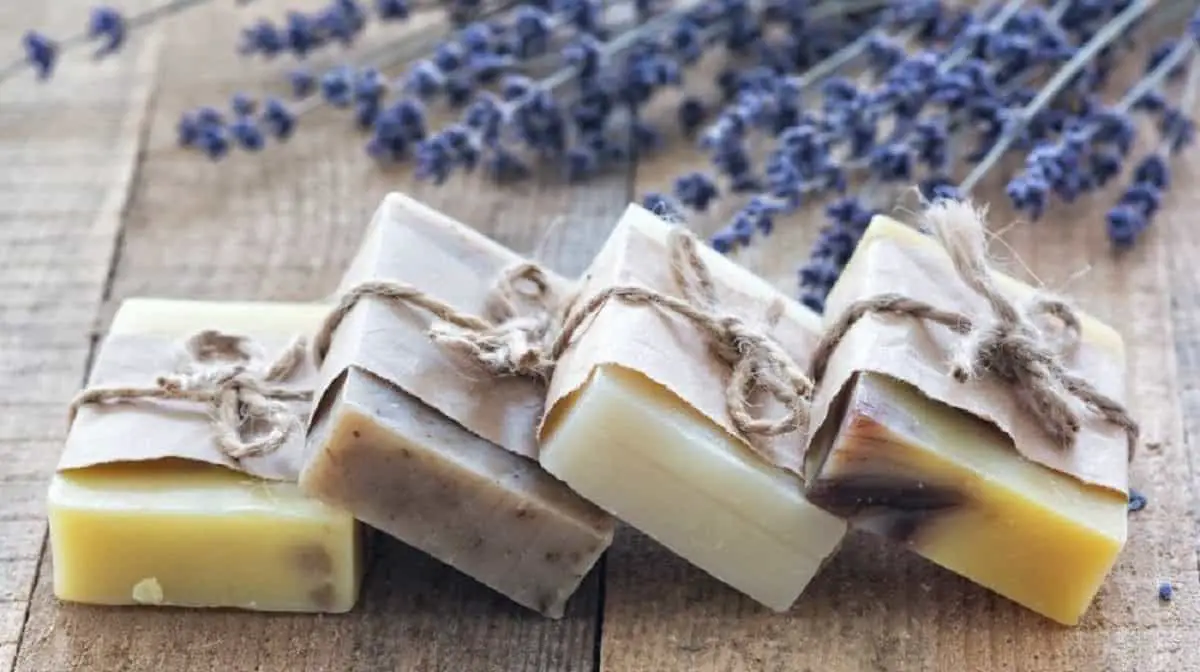





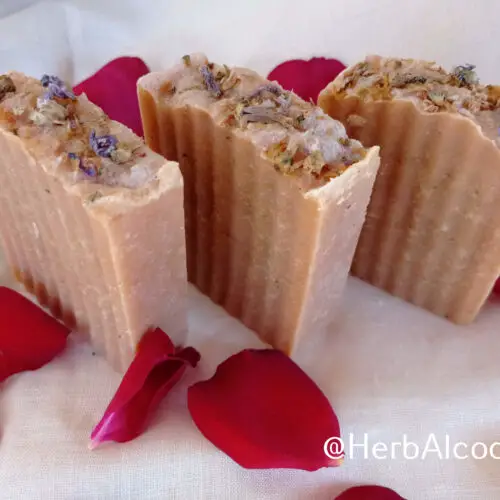
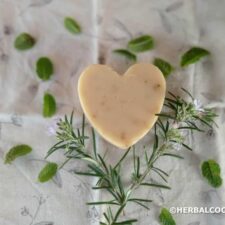
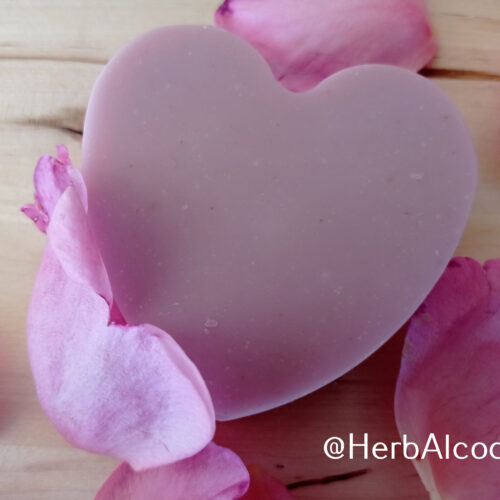
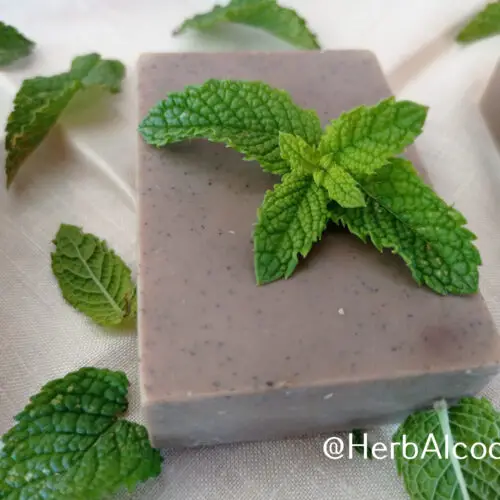
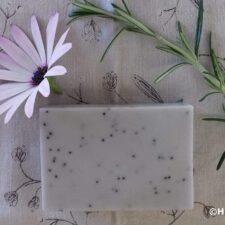
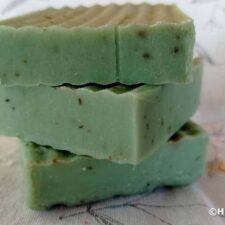
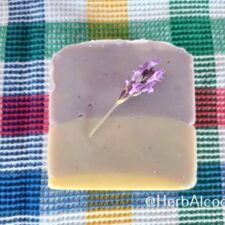
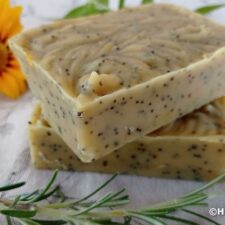
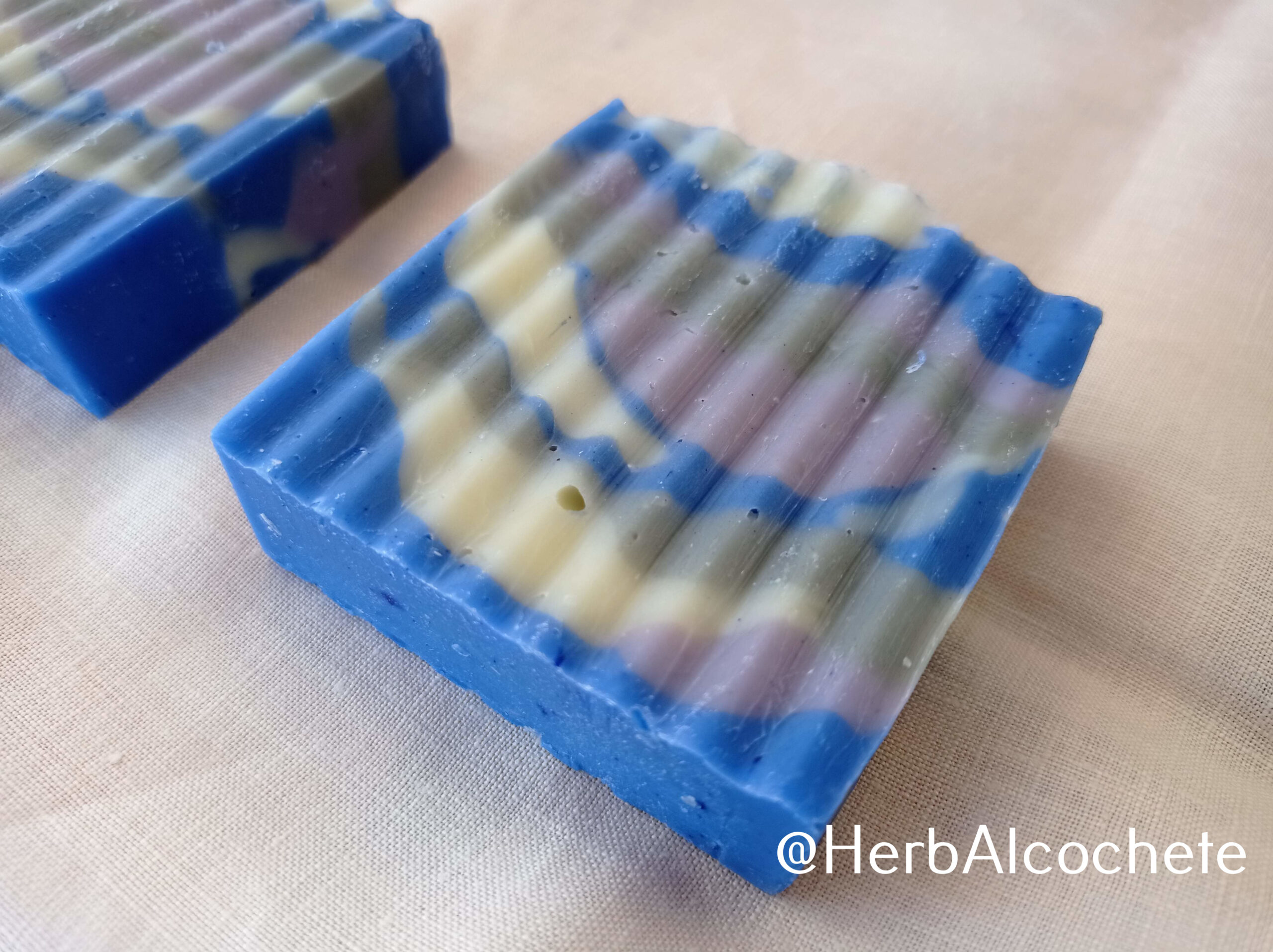
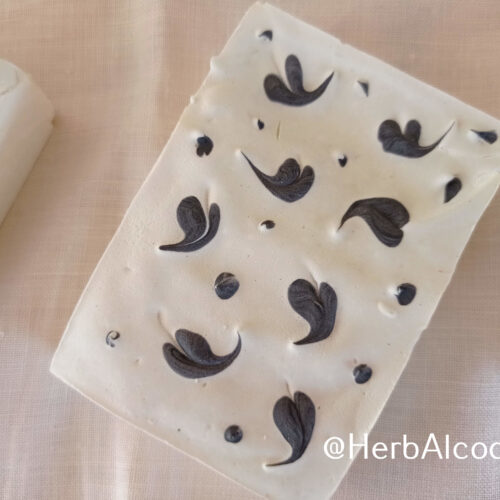
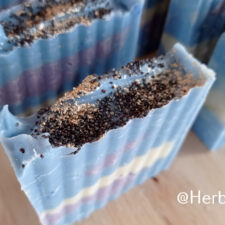
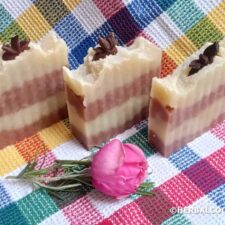
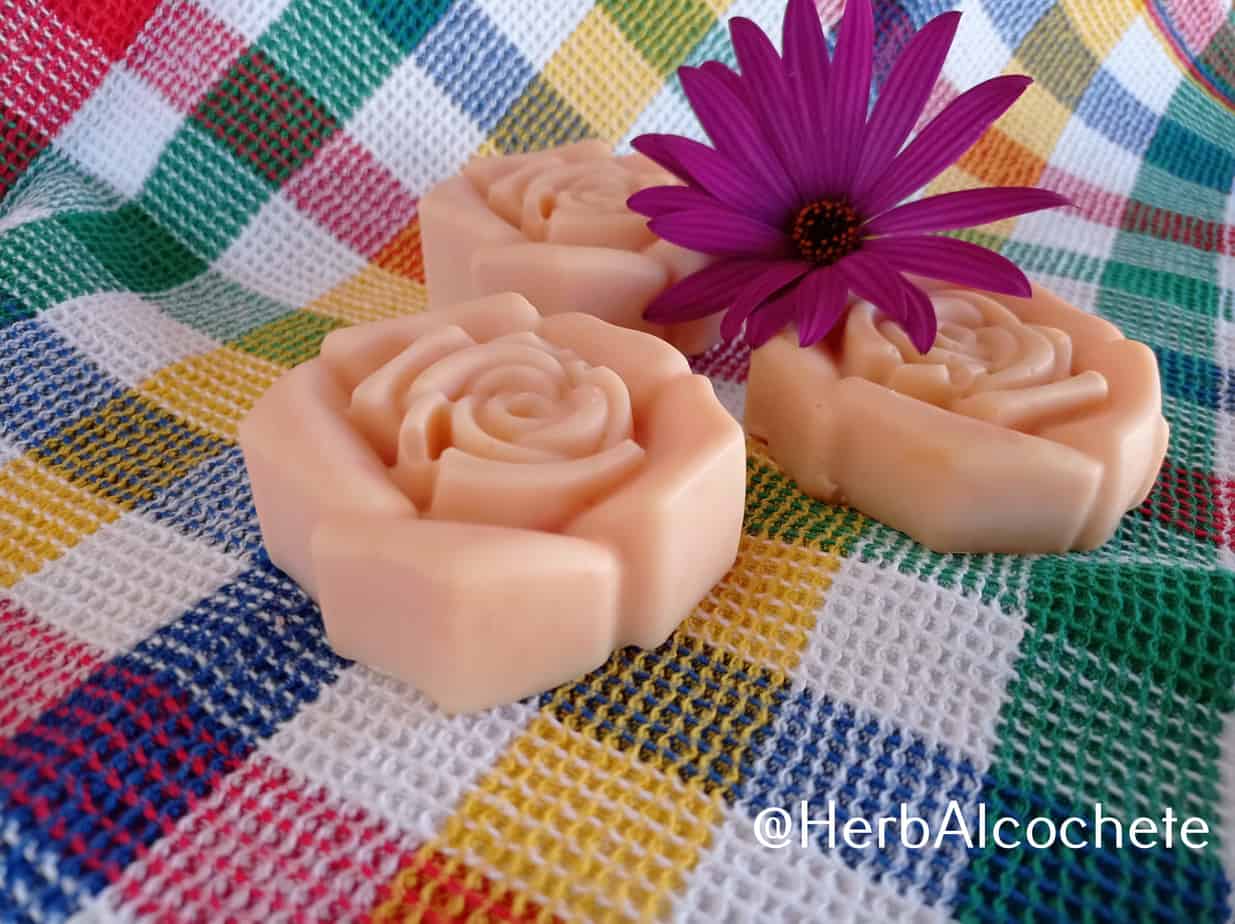
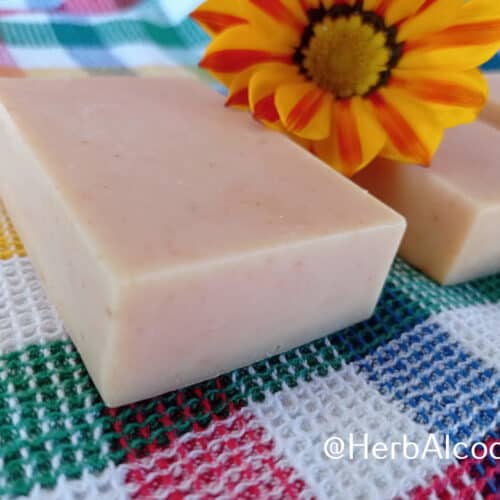
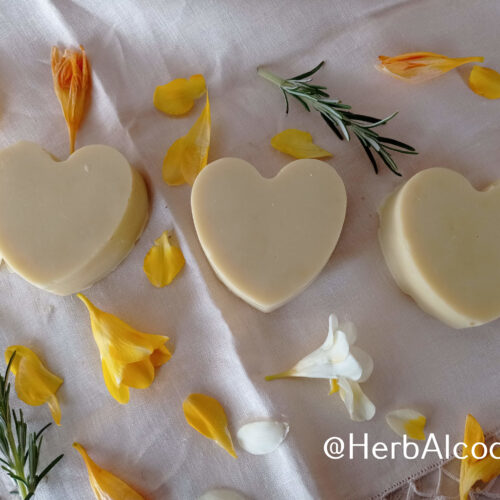
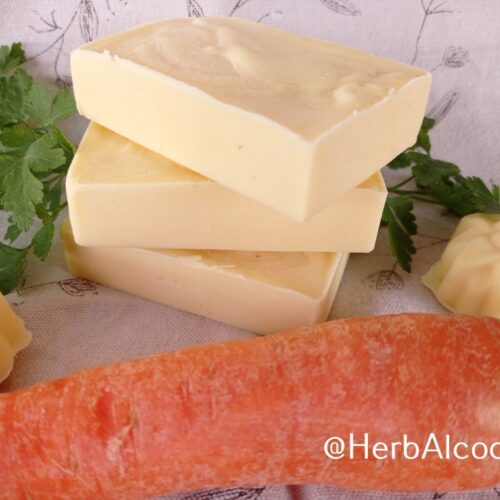
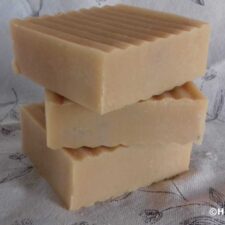
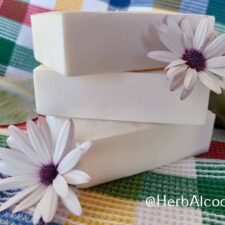
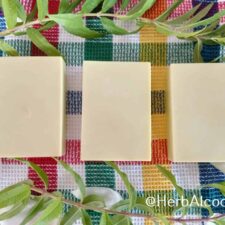
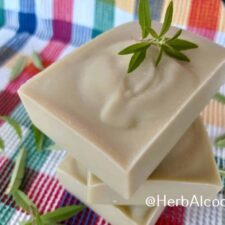
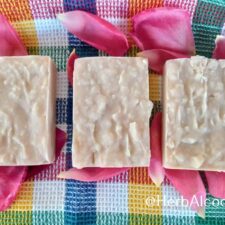
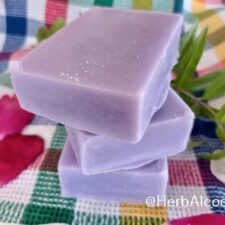
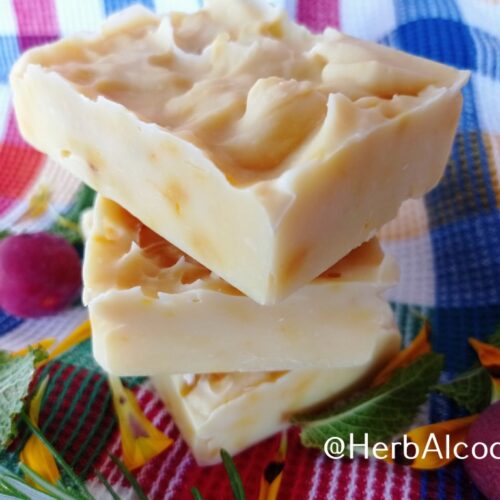
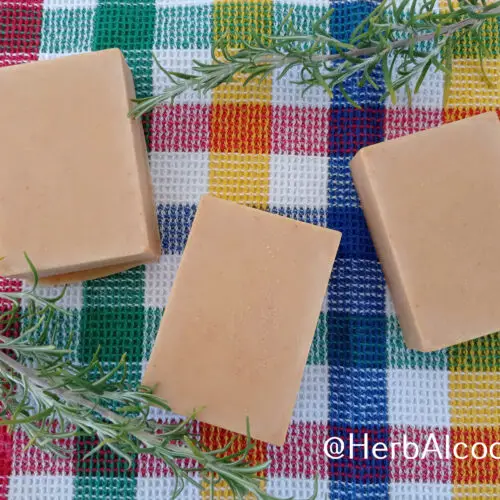
What a great niche and fantastic description of how to make soap! It made me want to try this out for my self. I have always believed that I needed to do some “cooking” to make soap, but how wrong I have been.
I remember my grandmother making soap when I was a kid. I was fascinated with the process of it, an dit has somewhat stuck to my mind.
Your description of the process of cold process soap making is very clear,a nd doesn´t seem to be very difficult. A good bonus is all the recipes you have provided. I would have loved to try the Castile Soap Recipe. It is classic and it contains olive oil which very good for us.
Thank you for sharing,
Roy
Hello Roy and thank you for your nice comment!
Although, like any art, it has its tricks and specific knowledge, making soap is FAR from our idea of big plants, big automated containers, huge amount of weird chemicals, an automated process of making soap… I mean it can be like that, but just as baking a cake, or making bread, you can industrialize the process with big machines… or you can make it at home!!
I tried to make the tutorials as detailed and simple as possible, but it’s not easy 🙂 Please, check out How To Make Soap For Beginners (Melt And Pour) I hope it’s a simple start that helps you decide what is your best process: melt and pour where the base is already made, and you just deal with shape, scent and color; or making soap from scratch, where you actually deal with the chemical process (again like baking a cake, there IS chemical change there :D).
Castile soap is the best to start, as olive oil is easy to find. Then, you just need lye and water !! The essential oil blend is for scent and it’s totally optional. And you will get a very mild and conditioning soap. It doesn’t make a lot of lather, and we are so used to so many cleaning products making a foam-fest that it might be disappointing.
Two words on that:
– It’s such fun to look at olive oil and lye, and then at your homemade soap that you don’t care about the low lather. It’s your soap!! You made it from scratch!
– Soaps with coconut oil make loads of lather!! You can try that instead if you wish: How To Make Pure Coconut Oil Soap
Give it a try, it will be loads of fun and very fulfilling to make your own soap!
Cheers,
Sofia
Hello. Good day. Thanks for this wonderful article on cold process soap recipes. This is an avenue for those who wants to go into soap making. This is a very productive entrepreneur business. A good creative idea. Soap is a very important goods needed in our community and places. Having the idea to make soap with different natural products is not just wonderful but it’s cool also. Thanks a lot.
Hello BobKay and thanks for your comment.
This post is meant to be a door to cold process soapmaking indeed, as most people interested in it are actually looking for recipes and not how-to-make-soap tutorials 🙂 It is indeed a good creative idea, not so sure about a good idea for a business: read Nathaniell’s post about it. I corroborate his ideas with what I see in Portugal.
I see soapmaking more as an alternative to hygiene products, something you can even make it on your own (as natural soaps are somehow expensive due to using natural ingredients), is healthier and an option to hygiene products from the supermarket.
There are many people with skin conditions that heal or at least get better by removing completely commercial products (even hypoallergenic and from a pharmacy) and using only natural soaps.
Above all, I want to empower people with this information.
For me, and I guess for many, it’s also a superfun hobby!! 😀
Cheers,
Sofia